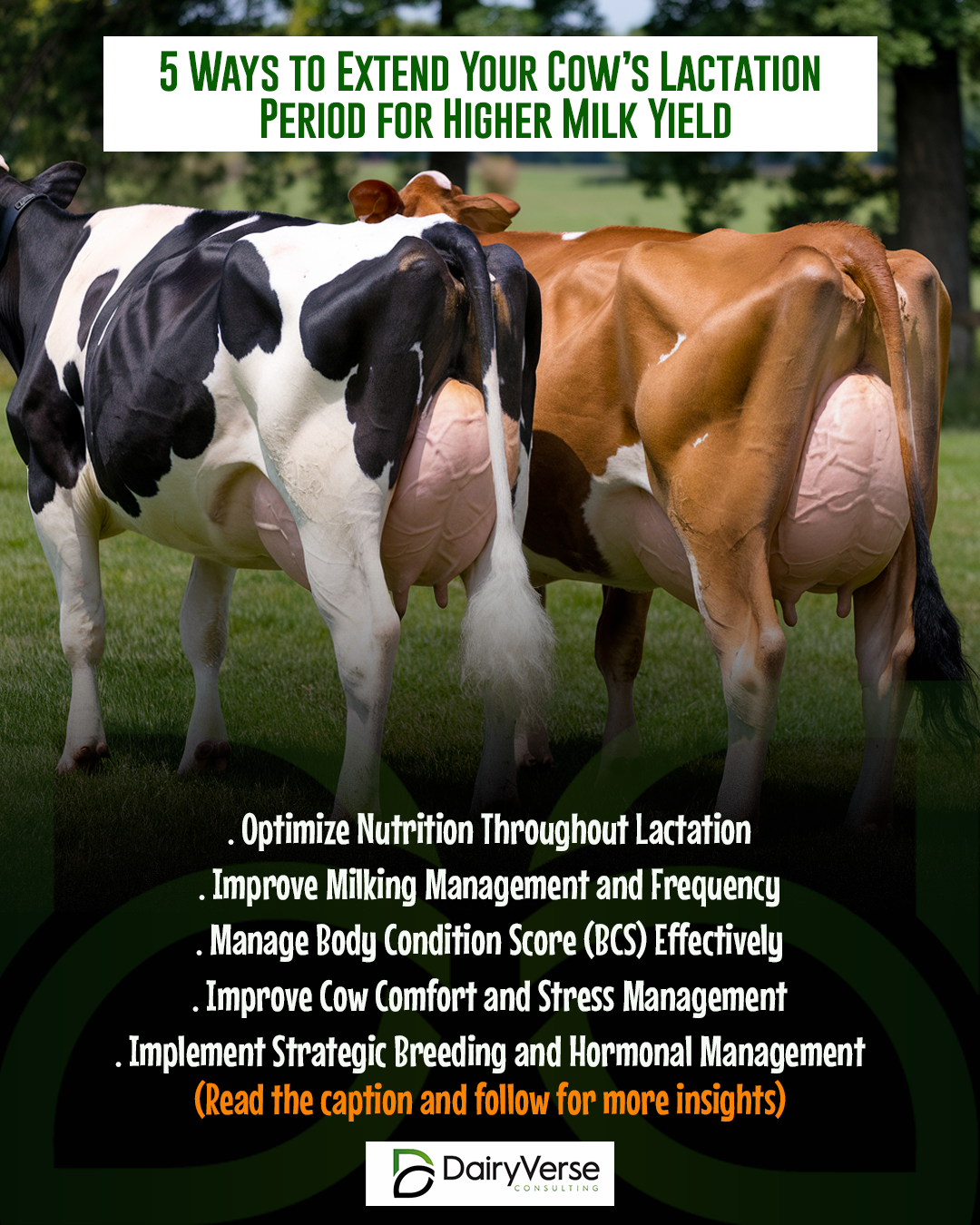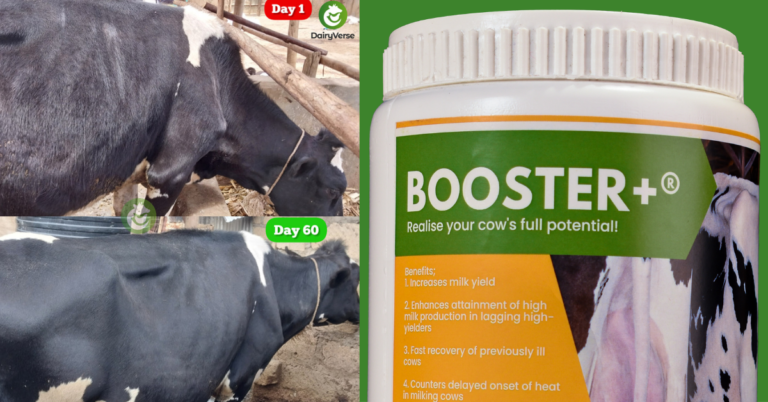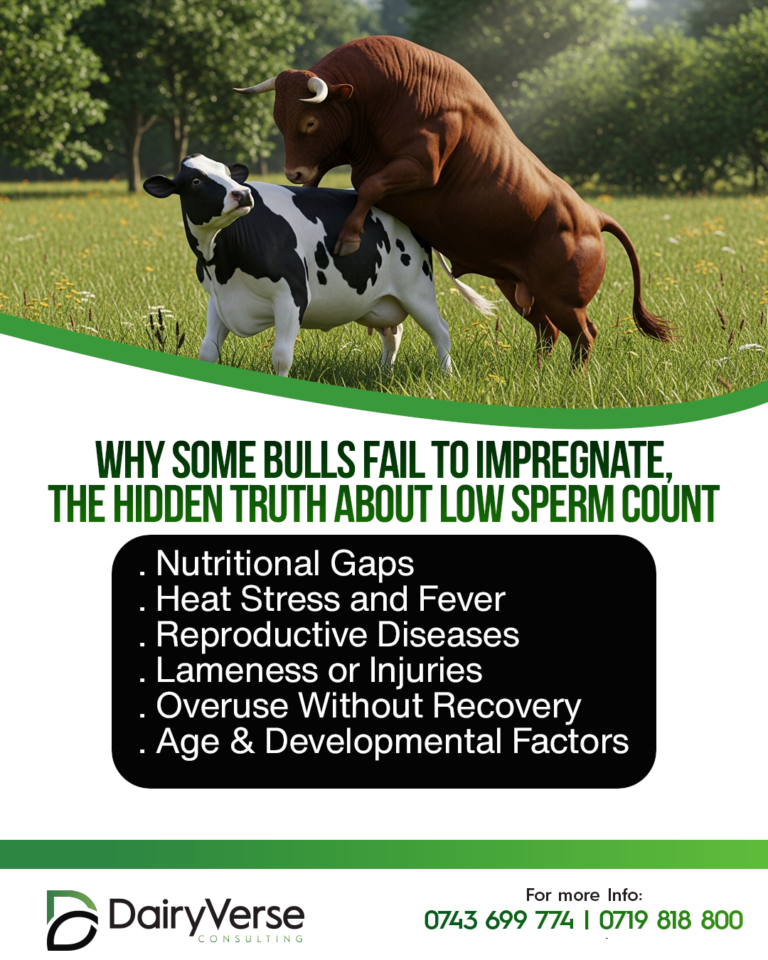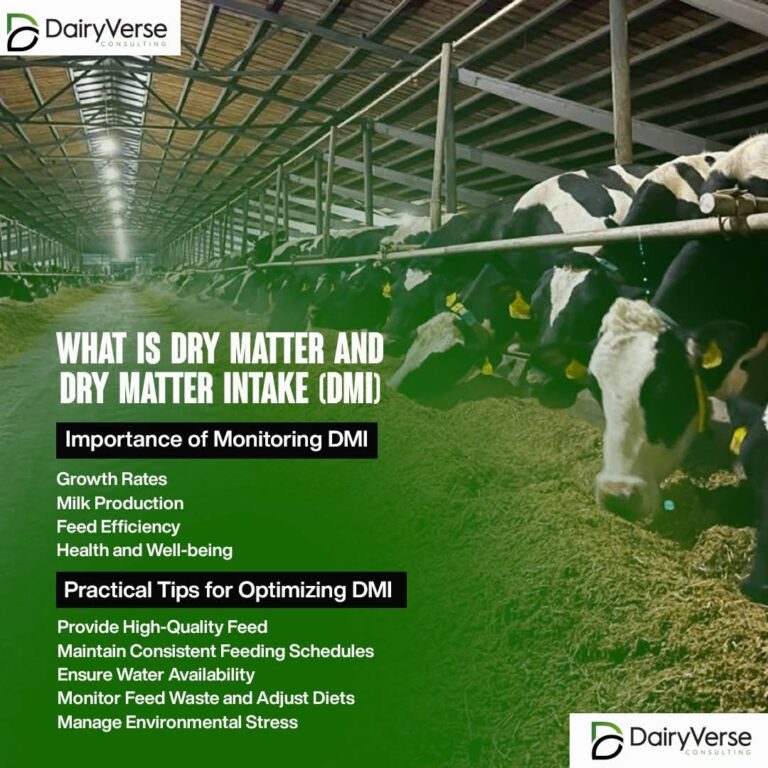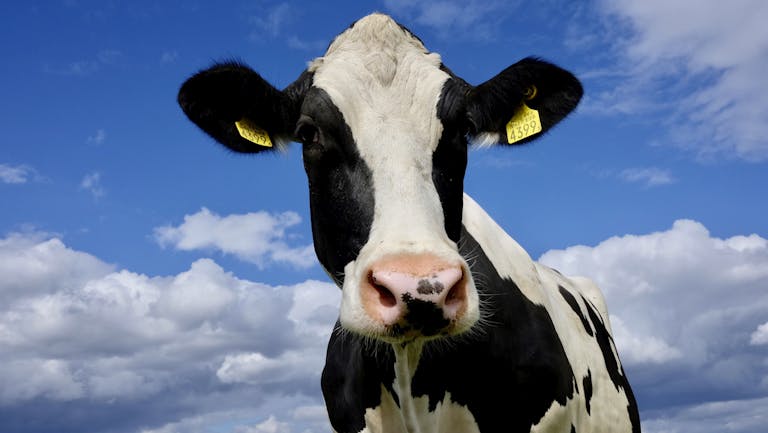5 Ways to Extend Your Cow’s Lactation Period for Higher Milk Yield
Maintaining a longer lactation period in dairy cows is key to maximizing milk production while ensuring cow health and farm profitability. A well-managed lactation can result in increased milk yields and better reproductive performance. Here are five scientifically-backed methods to extend your cow’s lactation period:
1. Optimize Nutrition Throughout Lactation
Proper feeding is one of the most crucial factors in extending the lactation period. Cows require a balanced diet that meets their changing energy, protein, and mineral needs throughout lactation.
Key Nutritional Strategies:
- Early Lactation (0–90 Days Post-Calving): Increase energy intake by offering high-quality forages, concentrates, and grains to prevent rapid weight loss.
- Mid-Lactation (90–180 Days Post-Calving): Maintain a steady diet with a balance of protein and fiber to sustain milk production.
- Late Lactation (180+ Days Post-Calving): Gradually increase fiber and maintain energy levels to avoid a sharp drop in milk yield.
✅ Tranzpro®: A Powerful Solution for Dairy Producers
One effective way to support optimal nutrition and extend lactation is by incorporating Tranzpro®, a scientifically formulated nutritional supplement that enhances cow health and productivity.
How Tranzpro® Supports Milk Production and Extends Lactation:
- Udder Health Improvement:
- Tranzpro® promotes better udder health, ensuring optimal milk production in pregnant heifers after calving.
- Healthy udders reduce the risk of mastitis and infections, which can shorten lactation.
- Risk Prevention:
- The supplement reduces the risk of retained afterbirth, a common postpartum issue that can weaken cows and impact their milk yield.
- A healthier cow means a longer, more productive lactation period.
- Appetite Boost in Early Lactation:
- Many cows experience reduced appetite post-calving, leading to nutritional deficiencies and poor milk production.
- Tranzpro® stimulates appetite, ensuring cows consume enough energy and nutrients to sustain peak milk production.
- Accelerating Peak Milk Production:
- Tranzpro® helps cows reach their peak milk production faster and sustain it for longer.
- This translates to higher milk yield over an extended period, benefiting both cow and farm profitability.
- Faster Recovery for Postpartum Cows:
- After giving birth, some cows may struggle with metabolic issues or infections, reducing lactation efficiency.
- Tranzpro® provides targeted nutritional support, helping cows recover faster and resume high milk production levels.
By incorporating Tranzpro® into dairy nutrition plans, farmers can boost lactation persistency, reduce health risks, and increase overall milk production efficiency.
2. Improve Milking Management and Frequency
Frequent and proper milking stimulates the mammary glands and extends lactation. Cows should be milked consistently at least twice or three times per day, depending on the breed and milk yield.
Best Practices for Milking:
- Use consistent milking schedules to maintain udder stimulation.
- Practice proper hygiene to prevent mastitis, which can shorten lactation.
- Adopt precision milking (automated milking systems) to improve efficiency and cow comfort.
✅ Tip: Studies suggest that three-time daily milking can increase milk production by 10-15% compared to twice-a-day milking.
3. Manage Body Condition Score (BCS) Effectively
Body Condition Score (BCS) directly impacts lactation performance. A cow that is too thin (BCS < 2.5) will struggle to maintain milk production, while an overweight cow (BCS > 4.0) may have metabolic issues.
BCS Recommendations for a Longer Lactation:
- Target BCS at Calving: 3.0 – 3.5
- BCS at Peak Lactation: 2.5 – 3.0
- BCS at Dry-Off: 3.0 – 3.5
✅ Tip: Regular BCS monitoring helps adjust feed intake and prevent metabolic disorders like ketosis and fatty liver disease.
4. Improve Cow Comfort and Stress Management
Stress negatively impacts milk yield and lactation length. Dairy cows need an optimal environment that minimizes heat stress, overcrowding, and discomfort.
Ways to Enhance Cow Comfort:
- Provide well-ventilated barns or shaded areas to reduce heat stress.
- Ensure clean, dry bedding for resting comfort.
- Allow adequate space in barns and grazing areas to minimize aggression and stress.
- Use fans, misting systems, and proper cooling techniques in hot climates.
✅ Tip: Research indicates that heat-stressed cows may have up to 20% shorter lactations due to lower feed intake and hormonal imbalances.
5. Implement Strategic Breeding and Hormonal Management
Breeding strategies play a role in extending lactation. Cows should not be bred too early, as a new pregnancy can reduce lactation persistency. Instead, timing insemination properly can help maintain milk yield longer.
Breeding Recommendations for Extended Lactation:
- Delayed breeding: Instead of rebreeding at 60 days post-calving, waiting until 100–150 days can prolong lactation.
- Use of hormonal synchronization: Proper oxytocin stimulation and reproductive hormone management can maintain lactation persistency.
- Selective breeding: Choose genetics that favor longer lactation curves and better persistency (e.g., Holstein and Jersey breeds).
✅ Tip: Genetic selection for high-persistency cows can naturally extend lactation periods by 20–30 days longer than average cows.
Final Thoughts
Extending a cow’s lactation period requires a holistic approach combining nutrition, milking frequency, cow comfort, and breeding strategies. Incorporating Tranzpro® into the feeding program can play a crucial role in enhancing udder health, improving appetite, and accelerating milk production, ultimately leading to a longer and more productive lactation period.
📌 Take Action:
✔️ Review and adjust your cows’ feeding regimen with Tranzpro®.
✔️ Maintain a consistent milking schedule and hygiene.
✔️ Monitor Body Condition Score (BCS) regularly.
✔️ Enhance cow comfort to reduce stress.
✔️ Plan strategic breeding for optimal lactation length.

